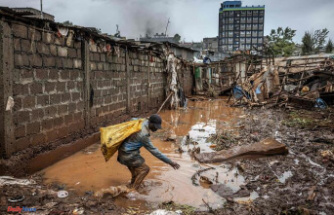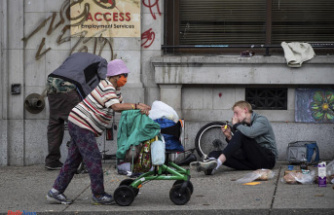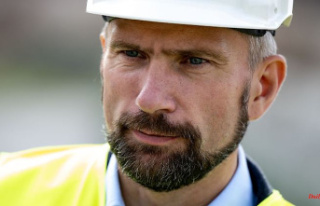Würzburg (dpa / lby) - People are accused of bewitching others and murdering children, burning pyres: A monument in Würzburg is to commemorate the brutal time of witch hunts in the future. The spectators shouted "Let them burn!" more than 350 people died in Mainstadt between 1450 and 1750, as the press office announced on Tuesday. "What is striking in Würzburg is the high number of children and clerics among the victims."
Around 400 years ago, people in many European regions were persecuted, accused, tortured and burned at the stake on charges of witchcraft. Sometimes the alleged witches and sorcerers were blamed for crop failures, sometimes misogyny played a role. It was also the time of the Counter-Reformation - the Catholic Church was able to use the witch craze to stay in power.
At least 3,000 people are said to have been killed in Franconia alone - in the early modern period, the region was a center of hatred for alleged witches and druids, which killed at least 25,000 people in Germany. Only when the Swedes invaded in the Thirty Years' War did the great waves of persecution end, with a final witch trial in Würzburg in 1749 with a death sentence.
At that time, there were several places in Würzburg that were trial and execution sites. The city council now favors the square on the so-called Schottenanger as a place of remembrance, where, for example, the "whistle of Niklashausen" - the shepherd Hans Böhm - was burned on July 19, 1476 as a devil's ally and master of heretics. According to tradition, the ashes were thrown into the Main.












